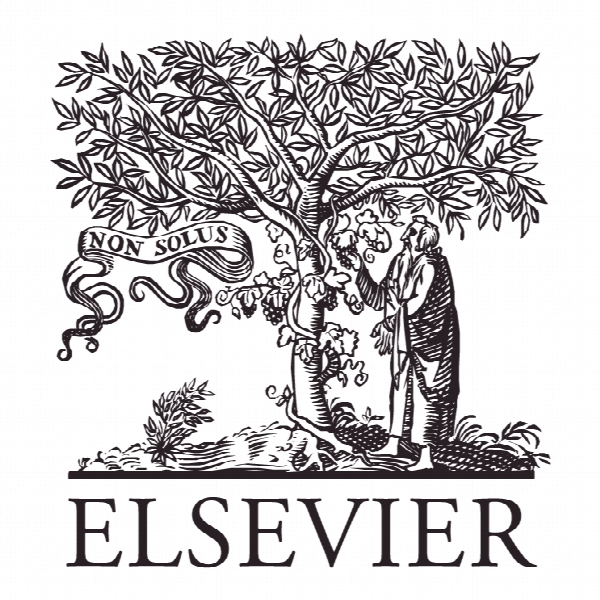یک برنامه مبتنی بر پیش بینی برای کنترل ولتاژ پس از اختلال A predictive agent-based scheme for post-disturbance voltage control
- نوع فایل : کتاب
- زبان : انگلیسی
- ناشر : Elsevier
- چاپ و سال / کشور: 2018
توضیحات
رشته های مرتبط مهندسی برق
گرایش های مرتبط مهندسی الکترونیک
مجله سیستم های قدرت الکتریکی و انرژی – Electrical Power and Energy Systems
دانشگاه Iran University of Science and Technology – Tehran – Iran
منتشر شده در نشریه الزویر
کلمات کلیدی انگلیسی Voltage security, Predictive scheme, Wide area monitoring, protection, and control, Organized multi-agent system
گرایش های مرتبط مهندسی الکترونیک
مجله سیستم های قدرت الکتریکی و انرژی – Electrical Power and Energy Systems
دانشگاه Iran University of Science and Technology – Tehran – Iran
منتشر شده در نشریه الزویر
کلمات کلیدی انگلیسی Voltage security, Predictive scheme, Wide area monitoring, protection, and control, Organized multi-agent system
Description
1. Introduction Wide area monitoring, protection, and control (WAMPAC) is a platform for control strategies, having a global management on power system disturbances with more effective contributions, if well-organized indeed. WAMPAC can prevent the spread of large disturbances by processing system-wide information gathered from all/selected local points. Indeed, WAMPAC became enabled when synchronized measurement technology (SMT) found its application in phasor measurement units (PMUs). These devices provide voltage and current phasor and frequency information, synchronized with high accuracy to a common time reference produced by a global positioning system. More key reasons for implementation of WAMPAC systems have been addressed in [1,2]. By employing wide area monitoring under conventional centralized control approach [3,4], although a pseudo real time data measurement gathered from dynamics of power system is created, the weakness of these schemes in maintaining resiliency in power system remains. Moreover, the traffic in data transferring to a unit control center and high dependency on this control center is additional problem of these approaches. Besides, in recent years, a distributed control strategy named as multi-agent system (MAS) has been introduced by artificial intelligence researchers. By employing MAS, a complex problem is split to some easier sub-problems and each sub-problem is delegated to an agent; while agents of an MAS are in communication, cooperation, and coordination [2]. With the development and complement of the MAS theory, many power engineers have attempted to apply it to power system control schemes in recent years. Hitherto, by employing MAS in the field of voltage control (mainly under-voltages), various schemes have been proposed. In [2], an MAS under WAMPAC framework has been introduced, in order to simulate the cooperation and coordination of agents in eliminating under-voltages against power system disturbances. In [5], by applying MAS in a small test system, an optimal control issue has been formulated and an index has been presented to provide coordination of tap changer transformers. In [6], an agent based algorithm for integrated volt/var control has been presented which provides distributed intelligence for smart grid. The voltage regulator and shunt capacitor controlled by intelligent agents collaborate to determine optimal setting for maintaining the system voltage profile and reducing the switching of shunt capacitors. In [7], an MAS-based scheme has been proposed to prevent long term voltage instability induced by cascading trips. In this scheme an optimal emergency control strategy has been derived based on sensitivity analysis. In [8], a multi-agent based hierarchical control has been presented, in order to maintain secure voltages in autonomous micro grid. In [9], a multi-agent receding horizon control (RHC) has been introduced to prevent voltage collapse in a multi-area power system; where each agent preserves its local information and communicates with its neighbours to find an optimal solution. Also, in [10], a novel multi-agent-based voltage control scheme has been presented, which dynamically adapts the settings of control devices (such as AVR of generators, on-load tap changers- OLTCs, and FACTS) to optimize operational objectives (such as maintain voltage stability, improve voltage profile, and reduce transmission power loss). In [11], an agent based distributed reactive power management scheme has been proposed to improve the voltage stability of energy distribution systems with distributed generation units. In [12], a multi-agent control system (MACS) has been proposed to eliminate the congestion of feeders and amend voltage violations by coordinating the operation of reactive power control sources and/or reconfiguring the distribution network. In [13], a multi-agent system based decentralized coordinated control scheme has been constructed to deal with the complex energy management problem of DGs. Finally, in [14] a secondary voltage regulation strategy based on multi-agent theory has been presented for improving the performance of secondary voltage control actions under different system operating states, where the concept of virtual control agency has been proposed to adapt the emergency dynamic control environment.


